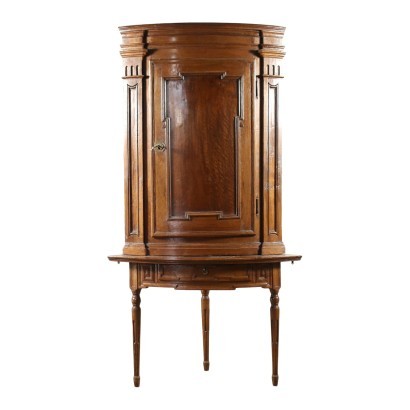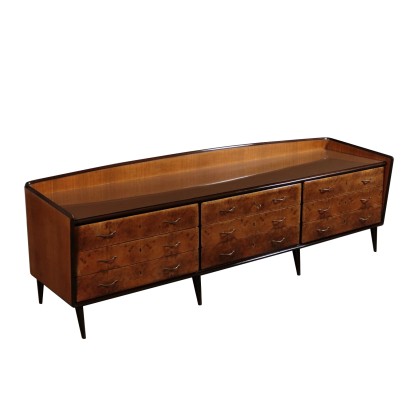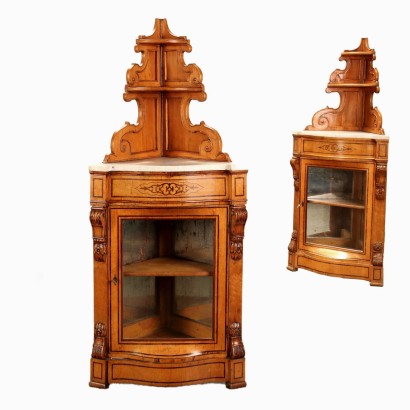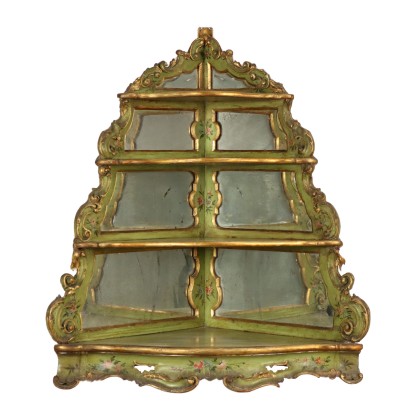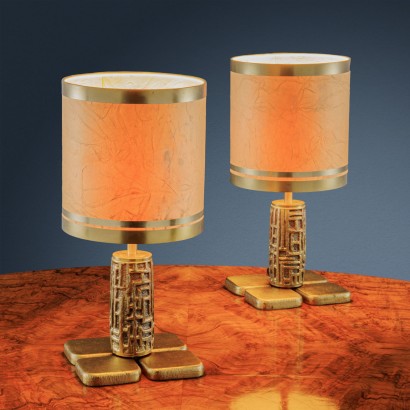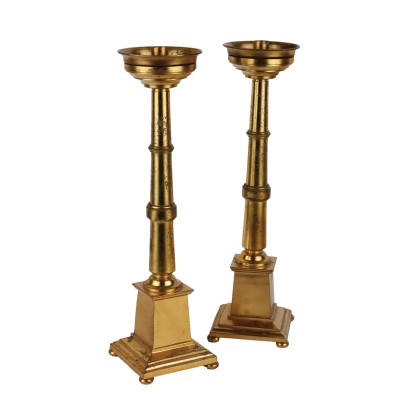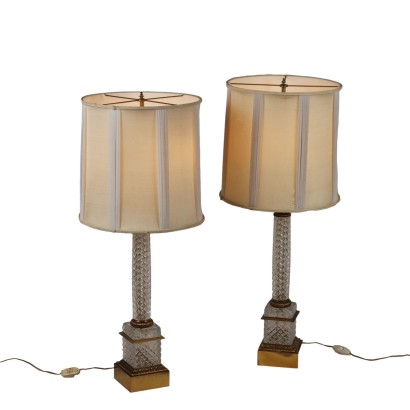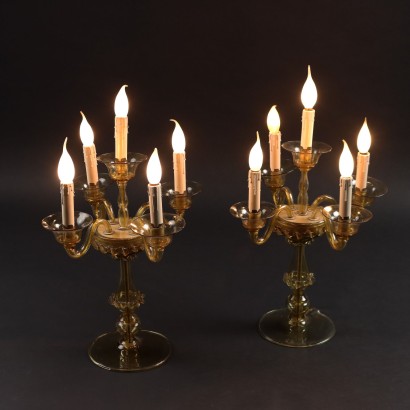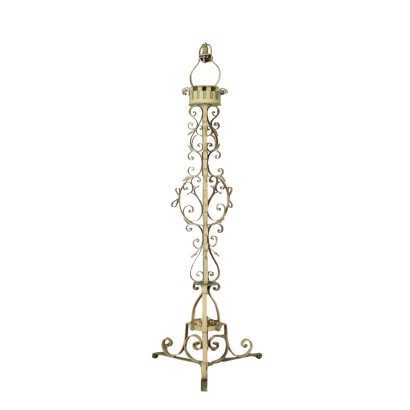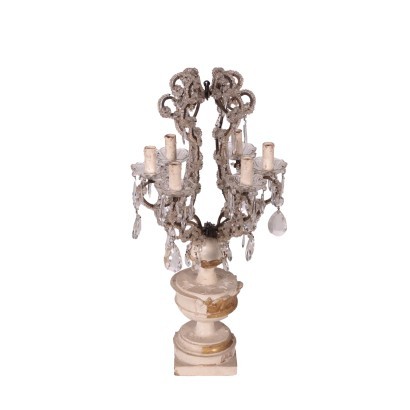Neoclassical Corner Cabinet Walnut Italy XVIII Century
Features
Style: Neo-Classical (1765-1790)
Age: 18th Century / 1701 - 1800
Origin: Parma, Italy
Description
Parma neoclassical corner cabinet, supported by fluted truncated conical legs, has a drawer in the undertop band. On the top rests a half-moon riser, equipped with a paneled door on the front, framed between two pilasters. The corner cabinet has drip-shaped carved frames with a characteristic geometric shape. In walnut, the interiors are in poplar.
Product Condition:
Product in fair condition showing some signs of wear.
Dimensions (cm):
Height: 215
Width: 117
Depth: 73
Additional Information
Style: Neo-Classical (1765-1790)
This historical period includes a first phase that can be properly defined as the Louis XVI style.nOnly at a later time, with the maturation of archaeological fashions, was a new vision of furnishing civilization formulated and codified, now fully attributable to the Neoclassical Style.
In fact, both trends coexisted in unison until the last years of the eighteenth century.
nIn the field of cabinet making, the Directoire, Retour d'Egypte, Consular and Empire styles also fall within the neoclassical era.
nFind out more about Neoclassicism with the insights from our blog...
n



